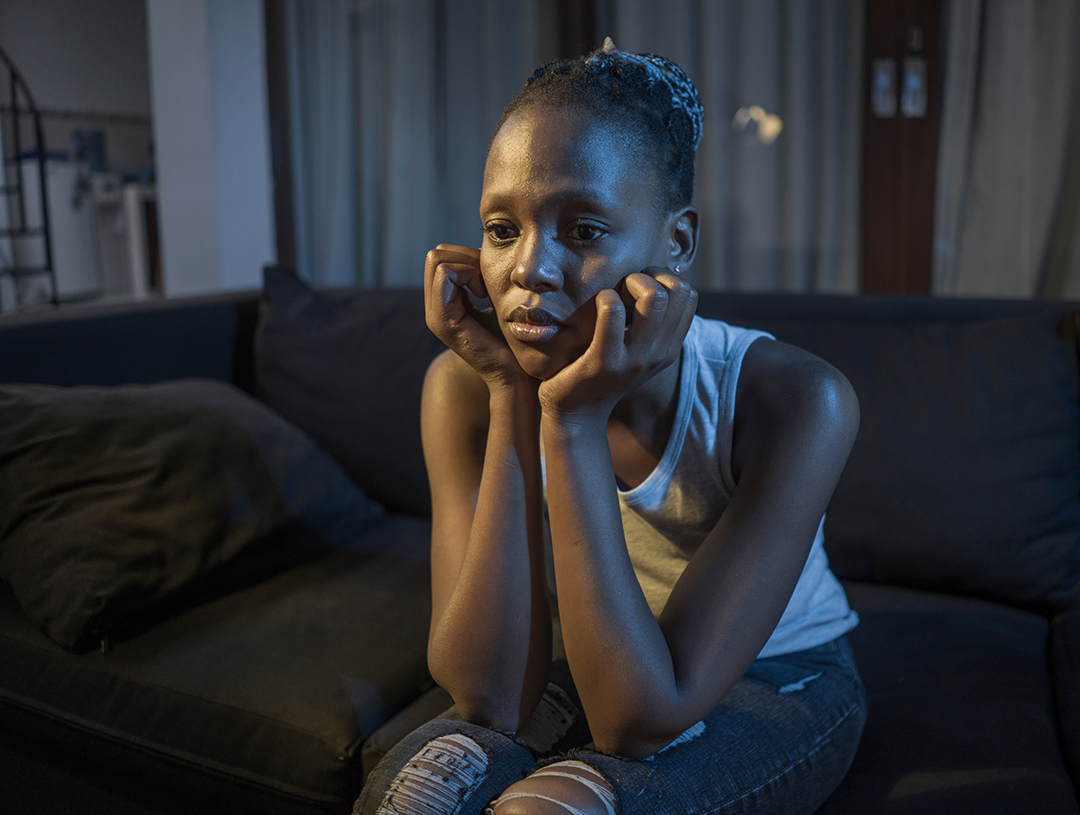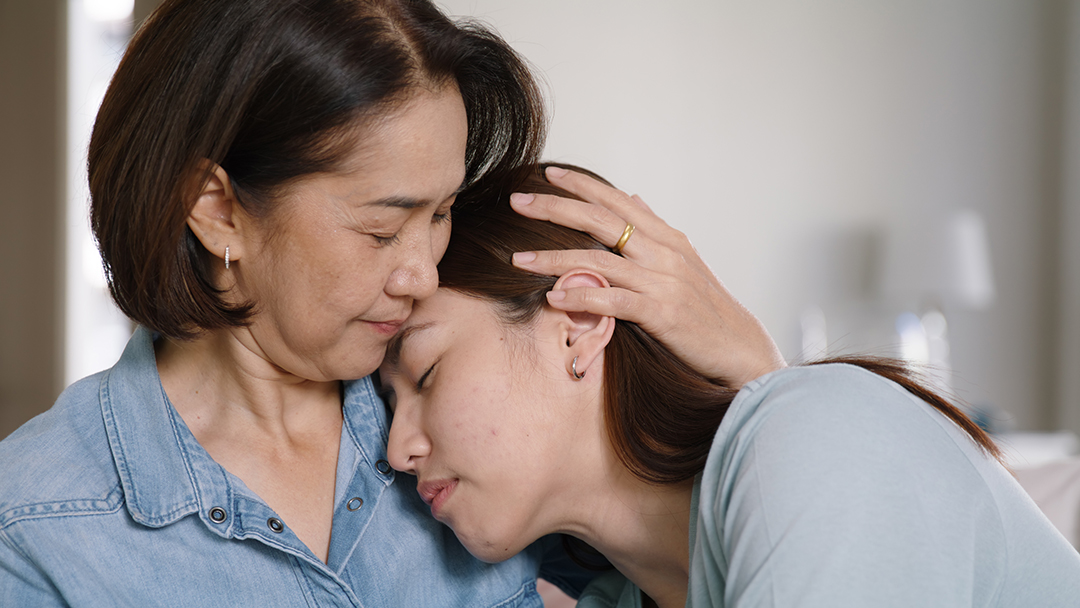Self-harm impacts roughly one in six adolescents and is a potent predictor of suicide. But the best-known risk-prediction instruments accurately determine solely a small minority of future suicides. As a substitute of counting on scores, clinicians ought to perform compassionate, personalised assessments, adopted by fast follow-up and collaborative security plans.
A Widespread Subject with Severe Penalties
Self-harm is widespread in adolescents, with a pooled lifetime prevalence of 17% amongst these aged 12–18 (Gillies et al., 2018). Strategies embrace reducing, head banging, hitting, and self-poisoning. Self-harm is a powerful predictor of suicide, which stays one of many main causes of demise amongst folks aged 15–29 globally (WHO, 2021).
Within the UK, self-harm displays to common observe amongst these aged 10–24 have elevated since 2010, with a very excessive incidence in women aged 13–16 throughout the COVID-19 pandemic (Trafford et al., 2023). One research discovered that 85% of younger individuals who self-harmed had consulted a GP within the 12 months prior, and danger elevated with the variety of consultations (Cybulski et al., 2022).

Self-harm is a powerful predictor of suicide
Why Danger Scores Fall Quick
Regardless of their widespread use, danger evaluation instruments shouldn’t be used to foretell future suicide or self-harm, in response to NICE pointers (NICE, 2022). This suggestion is supported by a meta-analysis displaying a mixed optimistic predictive worth of solely 6% for generally used instruments, together with the Beck Hopelessness Scale (Carter et al., 2017).
A UK cohort research discovered that the majority sufferers who died by suicide inside six months of a self-harm episode had been beforehand categorised as “low danger” utilizing commonplace instruments (Steeg et al., 2018). These findings illustrate the constraints of predictive scoring techniques, which might present false reassurance and will result in insufficient care.
Though some clinicians discover danger instruments helpful as fast references, they need to not exchange a complete, individualised medical evaluation. A radical analysis includes figuring out present misery, underlying psychological sickness, and contextual danger components akin to bullying, household battle, substance use, or publicity to suicide-related media (Hawton et al., 2012). Figuring out protecting components—like household help, faculty engagement, or religion—might help inform medical decision-making.

Danger instruments are broadly used however poorly predictive-personalised medical assessments are important.
Shifting Focus to Significant Conversations
Clinicians are inspired to interact in open, compassionate discussions with younger folks, utilizing mild and particular questions on suicidal ideas and behaviours (Sinclair & Leach, 2017). For instance, asking whether or not a teenager has imagined “going to sleep and never waking up” might invite extra sincere dialogue.
Opposite to widespread concern, asking about suicide doesn’t enhance danger or introduce the thought to the younger individual. Proof reveals that such conversations can cut back misery and encourage disclosure. Starting with common questions on wellbeing and steadily shifting in the direction of extra particular language could make these discussions really feel safer for each the clinician and the younger individual.
When suicidal ideas are disclosed, you will need to discover their frequency, emotional impression, and whether or not any preparatory actions have been taken, akin to planning or gifting away possessions. Suicidal intent can fluctuate quickly earlier than, throughout, and after a self-harm episode, and motivations typically evolve over time. This variability highlights the necessity for ongoing evaluation somewhat than counting on a single snapshot in time. Clinicians also needs to inquire about protecting components—akin to supportive relationships, future objectives, or non secular beliefs—which will be bolstered within the care plan and future appointments.
When issues come up, well timed follow-up is essential. NICE pointers advocate that younger folks disclosing suicidal ideation or plans ought to be seen once more inside 48 hours, ideally by the identical clinician (NICE, 2022). Continuity of care and clear documentation are important elements of efficient help.

NICE recommends changing danger scores with detailed, person-centred assessments and collaborative security planning.
Growing Collaborative Security Plans
As soon as suicidal ideas or behaviours have been recognized, the following step is to work collaboratively with the younger individual to advertise their security and help restoration. Growing a personalised security plan is a key part of this course of.
In line with NICE steerage, security plans ought to be created collectively with the younger individual, involving relations or carers the place applicable. These plans define sensible steps that the younger individual can take during times of misery.
Key parts of a security plan embrace:
- Recognising warning indicators
- Figuring out coping methods
- Connecting with others for distraction and help
- Accessing skilled assist when wanted
- Making a safer surroundings
Whereas high-quality proof from randomised managed trials is proscribed, security plans are broadly thought to be good medical observe and will assist cut back the repetition of self-harm. Plans ought to be sensible, accessible to the younger individual, and obtainable to healthcare professionals concerned of their care.
Importantly, security plans are dynamic paperwork that ought to be reviewed recurrently and tailored because the younger individual’s circumstances and wishes evolve.

A collaborative, evolving security plan generally is a very important device in supporting a teenager’s restoration and selling their ongoing security.
Closing Ideas
Self-harm amongst adolescents is prevalent and carries a big danger of future suicide. Though broadly used, danger evaluation instruments supply restricted predictive accuracy and will mislead care choices. Clinicians are inspired to undertake a needs-based, personalised method that centres on medical judgment, open dialogue, and compassionate care.

Efficient look after self-harm begins with private, compassionate evaluation, not danger prediction scores.
The place subsequent?
This workshop, led by Professor Dennis Ougrin, examines evidence-based approaches for supporting adolescents following self-injurious behaviours. Drawing from his pioneering work in Therapeutic Evaluation and in depth analysis in intensive group care, Professor Ougrin will information members by means of efficient intervention methods, together with cognitive-behavioural remedy and problem-solving methods.
Psychological well being professionals will acquire sensible instruments for enhancing therapy engagement, implementing security protocols, and supporting long-term restoration. The workshop combines analysis insights with sensible demonstrations, enabling members to strengthen their method to working with younger individuals who self-harm.
Use the interactive programme under to achieve an summary of the subject, meet the speaker, take a look at your information, and a complete lot extra! Plus check out our idea map, which provides an summary of the important thing parts of Professor Dennis Ougrin’s upcoming discuss.
NB this weblog has been peer-reviewed
References
- Mughal, F., Ougrin, D., Stephens, L., Vijayakumar, L., & Kapur, N. (2024). Evaluation and administration of self-harm and suicide danger in younger folks. BMJ, 386. https://doi.org/10.1136/bmj-2022-073515
- Carter, G., Milner, A., McGill, Ok., Pirkis, J., Kapur, N., & Spittal, M. J. (2017). Predicting suicidal behaviours utilizing medical devices: Systematic evaluation and meta-analysis of optimistic predictive values for danger scales. The British Journal of Psychiatry, 210(6), 387–395. https://doi.org/10.1192/bjp.bp.116.182717
- Cybulski, L., Martin, R. M., Kipping, R. R., Horwood, J., Anderson, E. L., Cornish, R. P., … & Gunnell, D. (2022). Scientific prediction of self-harm and suicide: A population-based case-control research. PLoS ONE, 17(6), e0268515. https://doi.org/10.1371/journal.pone.0268515
- Gillies, D., Christou, M. A., Dixon, A. C., Featherston, O. J., Rapti, I., Garcia-Anguita, A., & Villasis-Keever, M. (2018). Prevalence and traits of self-harm in adolescents: Meta-analyses of community-based research 1990–2015. Journal of the American Academy of Youngster and Adolescent Psychiatry, 57(10), 733–741. https://doi.org/10.1016/j.jaac.2018.06.018
- Hawton, Ok., Saunders, Ok. E. A., & O’Connor, R. C. (2012). Self-harm and suicide in adolescents. The Lancet, 379(9834), 2373–2382. https://doi.org/10.1016/S0140-6736(12)60322-5
- NICE. (2022). Self-harm: evaluation, administration and stopping recurrence. Nationwide Institute for Well being and Care Excellence Guideline NG225. https://www.good.org.uk/steerage/ng225
- Sinclair, J., & Leach, R. (2017). Asking about suicide in major care: Ideas from the entrance line. British Journal of Basic Apply, 67(665), 79–80. https://doi.org/10.3399/bjgp17X689833
- Steeg, S., Haigh, M., Webb, R. T., Carr, M. J., Kapur, N., & Bergen, H. (2018). The predictive worth of danger scales following self-harm: Multicentre, potential cohort research. The British Journal of Psychiatry, 213(2), 412–418. https://doi.org/10.1192/bjp.2018.134
- Trafford, A. M., Hayes, J. F., Broadbent, M., & Pitman, A. (2023). Charges and traits of self-harm displays to common observe throughout the COVID-19 pandemic: A retrospective cohort research. BMJ Psychological Well being, 26, e300679. https://doi.org/10.1136/bmjment-2023-300679
- World Well being Group. (2021). Suicide worldwide in 2019: International well being estimates. Geneva: WHO. https://www.who.int/publications/i/merchandise/9789240026643
In regards to the creator

Sophie Mizrahi is Content material and Occasions Producer on the Affiliation for Youngster and Adolescent Psychological Well being (ACAMH). She holds a BSc in Psychology and a Postgraduate Diploma in Vocational and Profession Growth from Favaloro College in Buenos Aires, Argentina. Her profession spans community-based programmes, the place she led initiatives to help people, notably younger adults, in navigating transitions and making knowledgeable choices about their private {and professional} aspirations. She has additionally contributed to digital psychological well being tasks and AI startups, with a deal with analysis and the event of psychological well being merchandise. Her work persistently centres on increasing entry to evidence-based psychological well being sources for professionals and the broader public.


